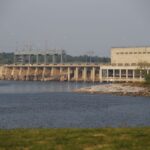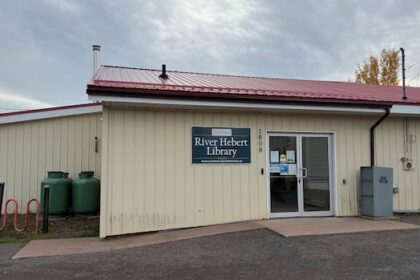Premier Doug Ford is gearing up for a fight after a judge pumped the brakes on his government’s plan to remove some Toronto bike lanes. On Wednesday, Ford left open the possibility of invoking the notwithstanding clause to ensure his government retains the authority to remove bike lanes it disapproves of. “Let’s see what happens at the Court of Appeal, and then we’ll go from there,” he said at an unrelated announcement in Thornhill, Ont. Ford criticized Justice Paul Schabas’ decision as the “most ridiculous” he’s ever seen. “You talk about the Charter? It’s trampling on the democratic rights of Ontarians that elected a government, just a few months before … that said they’re going to move, not eliminate … bike lanes from the main arterial roads,” Ford said. Ford, however, struck a confident tone and said he has confidence the Court of Appeal will rule in his government’s favour. In 2024, the Conservatives passed a bill to advance highway construction and reduce bike lanes. Protests erupted in Toronto, where residents were concerned about the number of people that use cycling infrastructure and its positive impacts on the city. Photo: Sid Naidu / The Narwhal Using the notwithstanding clause would allow the government to push through the removals, regardless of what the three-judge panel at the Court of Appeals says. In his July 30 ruling, Justice Schabas wrote “the evidence is clear” that “restoring a lane of motor vehicle traffic … will create greater risk to cyclists and to other users of the road.” Schabas’ decision didn’t hinge on whether he thought citizens had a right to bike lanes. Instead, it revolved around whether the government’s arguments for removing the lanes — and causing harm to non-driving road users — was based in fact. The government’s central point was that removing the bike lanes on Yonge Street, University Avenue and Bloor Street would reduce congestion. That, according to Schabas, was predicated on “weak anecdotal evidence and expert opinion,” which was “unsupported, unpersuasive and contrary to the consensus view of experts.” He wrote that “there is no evidence that the government based its decision on data, manuals or expert ‘highway engineering,’ or that its decision would ‘contribute to highway safety.’ ” “Rather, the evidence is to the contrary,” he wrote. Ford is no stranger to using — or threatening to use — the notwithstanding clause, a constitutional provision that was previously taboo in Ontario politics. He was the first premier in the province’s history to invoke the clause, which has been in place since 1982. In 2018, he threatened to invoke the clause to reduce the number of Toronto city council members from 47 to 25. Doing so was ultimately unnecessary because the Court of Appeal upheld Queen’s Park’s authority to make the council change. In 2021, the Superior Court struck down Ford’s attempt to extend third-party election spending limits to 12 months, up from six months. Ford recalled the legislature and passed the bill with the notwithstanding clause — marking the first time in provincial history the clause was actually used. Then, in 2022, Ford used the clause to ban education workers from striking after contract negotiations broke down. That sparked intense public backlash and Ford repealed the bill days later. Recent Posts Prairie provinces are supposed to share water. What happens during a drought? Manitoba is the last in line for water sharing from Prairies rivers stemming from the… ’Let’s see what happens at the Court of Appeal,’ Premier Doug Ford told reporters On the frontlines of an effort to save Arctic ice … by drilling into the ocean A project in this small Nunavut community aims to restore sea ice impacted by global…
Ford floats use of notwithstanding clause in Toronto bike lanes case











